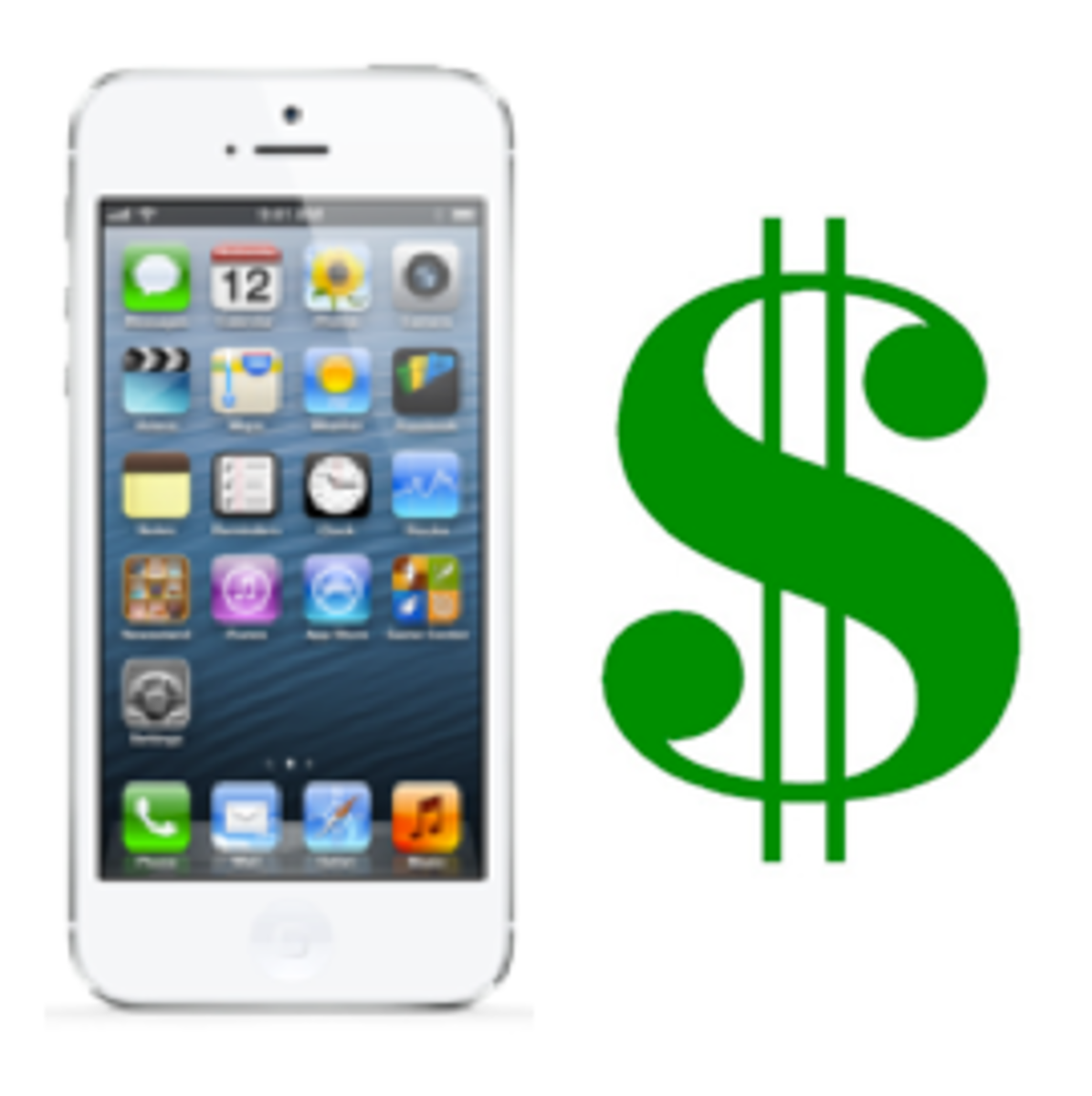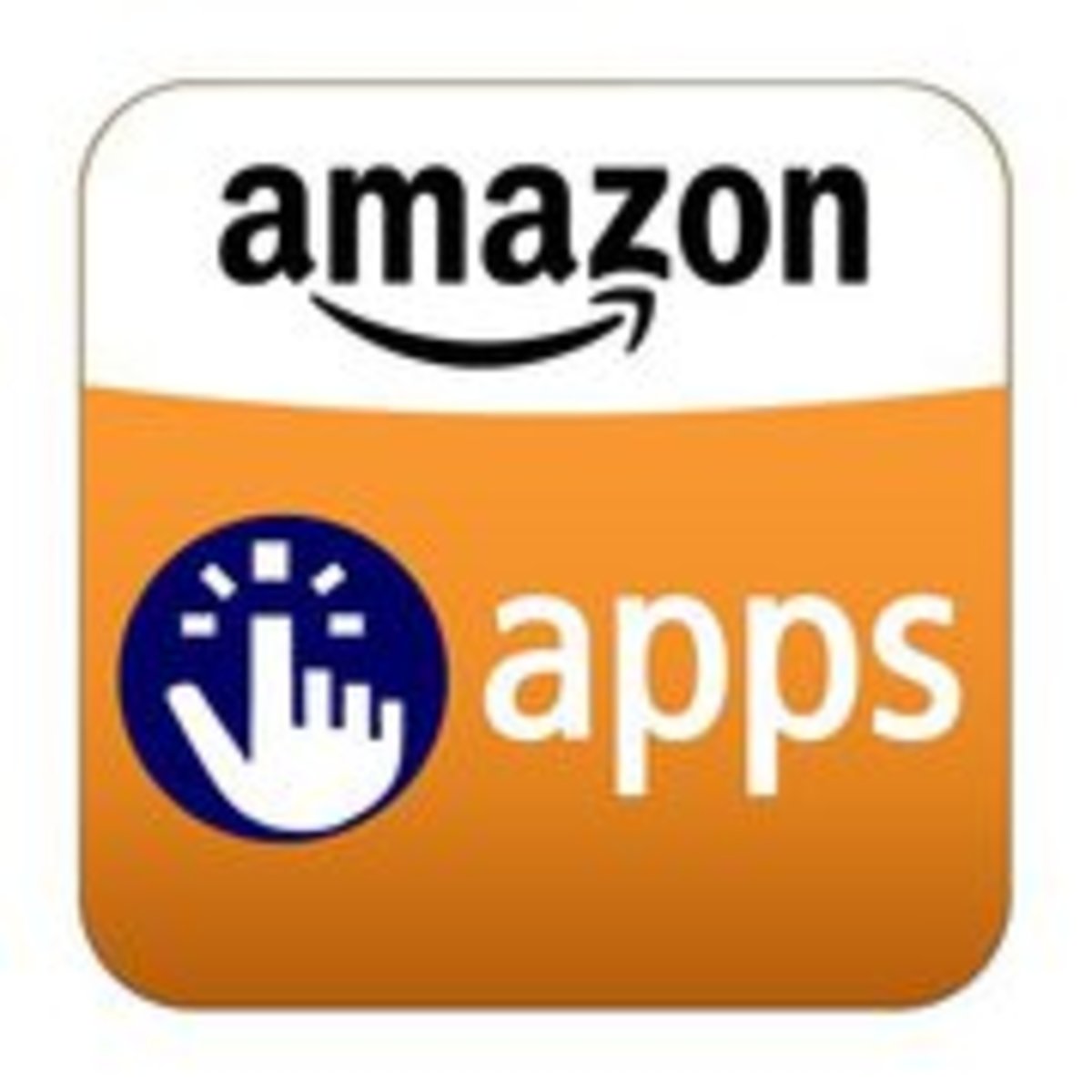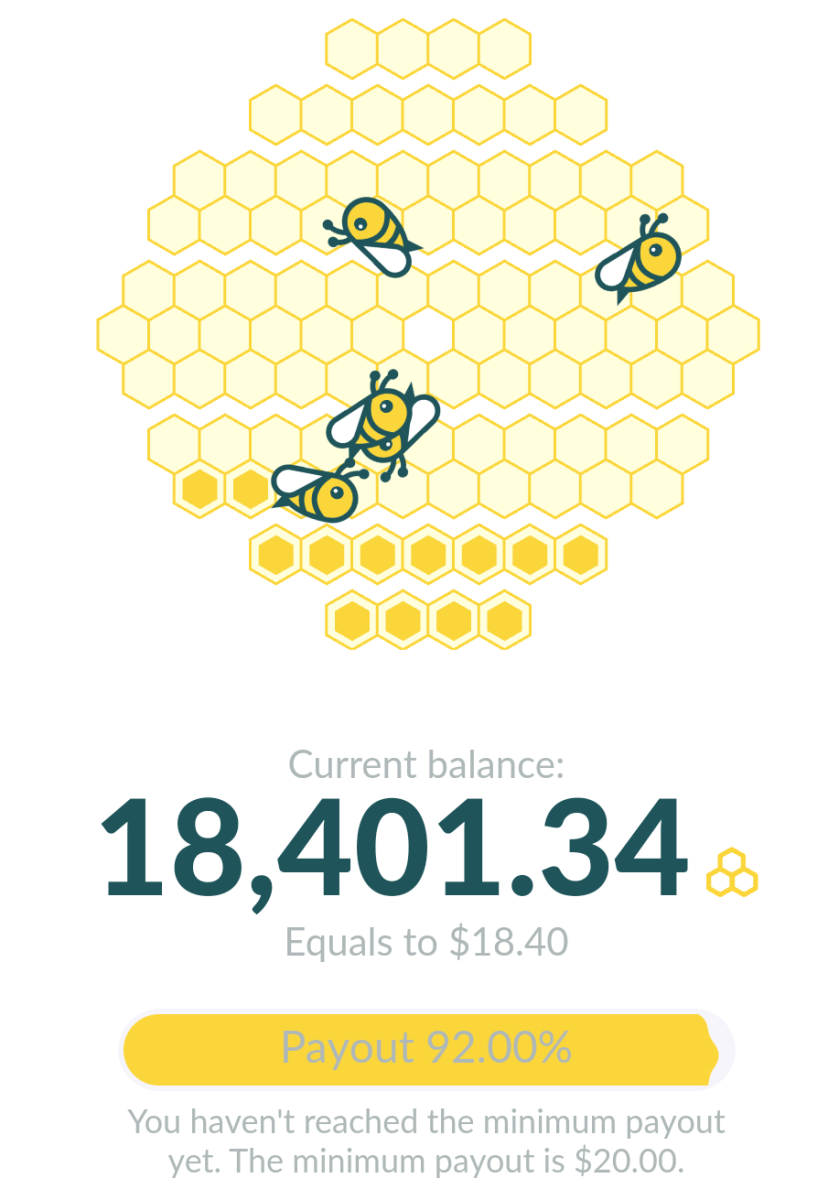Five Things That Users Expect From Your Mobile App
Today, mobile app development is an important and growing industry. From the retail sphere to gaming and almost everything in between, if you have an professional or recreational interest in almost any topic, you can hop on the app store via your preferred smartphone platform and find programs designed to fit that niche. To this end, it comes as no surprise that there are millions of apps on the marketplace today. On the Android side, there are around 3.8 million to choose from while Apple interfaces have just around 2 million.
For mobile developers, this is great news and means their industry is booming. Yet, it also means that competition is fierce among these professionals as discerning customers heighten their demands and expectations. Here are five things the average user is looking for before making the move to download your app.

1. A sleek design
This one tops our list because it’s just that important. Though we say never to judge a book by its cover, the truth is that humans are highly visual creatures. As a whole, not only are we more drawn to something that has an element of visual interest, we’re also more likely to retain it. To this end, it’s essential that you focus heavily on an intuitive and user-friendly app design. This is commonly referred to as User Experience, or UX, design.
Before you begin, it’s helpful to research current design trends in the app sphere to understand what new innovations are improving the process. Recent developments include touch ID and accelerated loading times, both of which are features that could put you above the competition if implemented successfully.

2. Simple to comprehend
An app is successful when it’s able to solve a pain point or deliver a message to its users in a way that’s quickly digestible and understandable. Think about it: Your audience is likely using your app while on-the-go. That’s the beauty of a mobile interface. That means you only have their attention for a very short time and it’s vital that you make the most of that interaction.
To this end, make sure that your message and branding are clearly and quickly delivered via your mobile app. Users shouldn’t have to spend minutes each time figuring out what your app does or why they need it. They should also be able to navigate within your app quickly to find what they need. If you’re currently sending them down a rabbit hole of subpages, think twice about your design and see if you can minimize it anywhere.

3. Quick loading times
If a user accesses your app and finds that it’s clunky to navigate, slow to load and confusing to maneuver, chances are high you won’t secure that coveted purchase you’re expecting. It’s worth the investment to host your app on a platform that’s reliable and as quick as possible. Otherwise, you could lose that valuable customer as he grows impatient and checks out the competition instead.
While you’re in the development phase of your app, check to see what loading times you’re working with and also, monitor how usage affects someone’s battery. You could have the most creative concept in the world, but if it’s draining someone’s phone life within five minutes of use, chances are high it will be quickly deleted from their home screen. One area you might be losing loading time? Large images. These take a while to load and can drain a battery in no time. Try compressing or minimizing yours to reduce this occurrence.

4. A personalized experience
Today’s consumer doesn’t just want customization. He expects it and won’t settle for anything less. One way to tap into this interest is to offer a tailored experience on your app that’s designed around your user’s expressed interests and preferences.
You can gather this knowledge in a variety of ways. One simple way is to have new users fill out a simple survey before using the app. Here, they can tell you precisely the information they’re most interested in, so you can make sure they’re seeing only the content that’s the most relevant to them.

5. The ability to contact you
Although it’s an app and not as in-depth as a fully developed software solution, users still want the ability to communicate with your brand via the interface. They may want to ask for more information on a particular subject. They might be having trouble accessing certain parts of the app. Or, they just might need to tell you about an issue they found while using it.
Many brands opt to deploy chatbots in this case. Put simply, these are automated chat programs that mimic the responses of a live customer service representative. Using targeted keywords, the chatbot can either deliver standardized responses to common inquiries, or direct the user back to your personal contact information for further exploration. Regardless, this is a simple way to show your users that you’re there for them and listening.
The mobile app industry has never been more successful and as digital technology continues to proliferate, it’s only poised to continue its impressive performance. Moving forward, successful developers will be those who keep the user top of mind and invest in the features, such as a great design, quick loading times and a responsive interface, to best the competition and earn clicks that convert.








